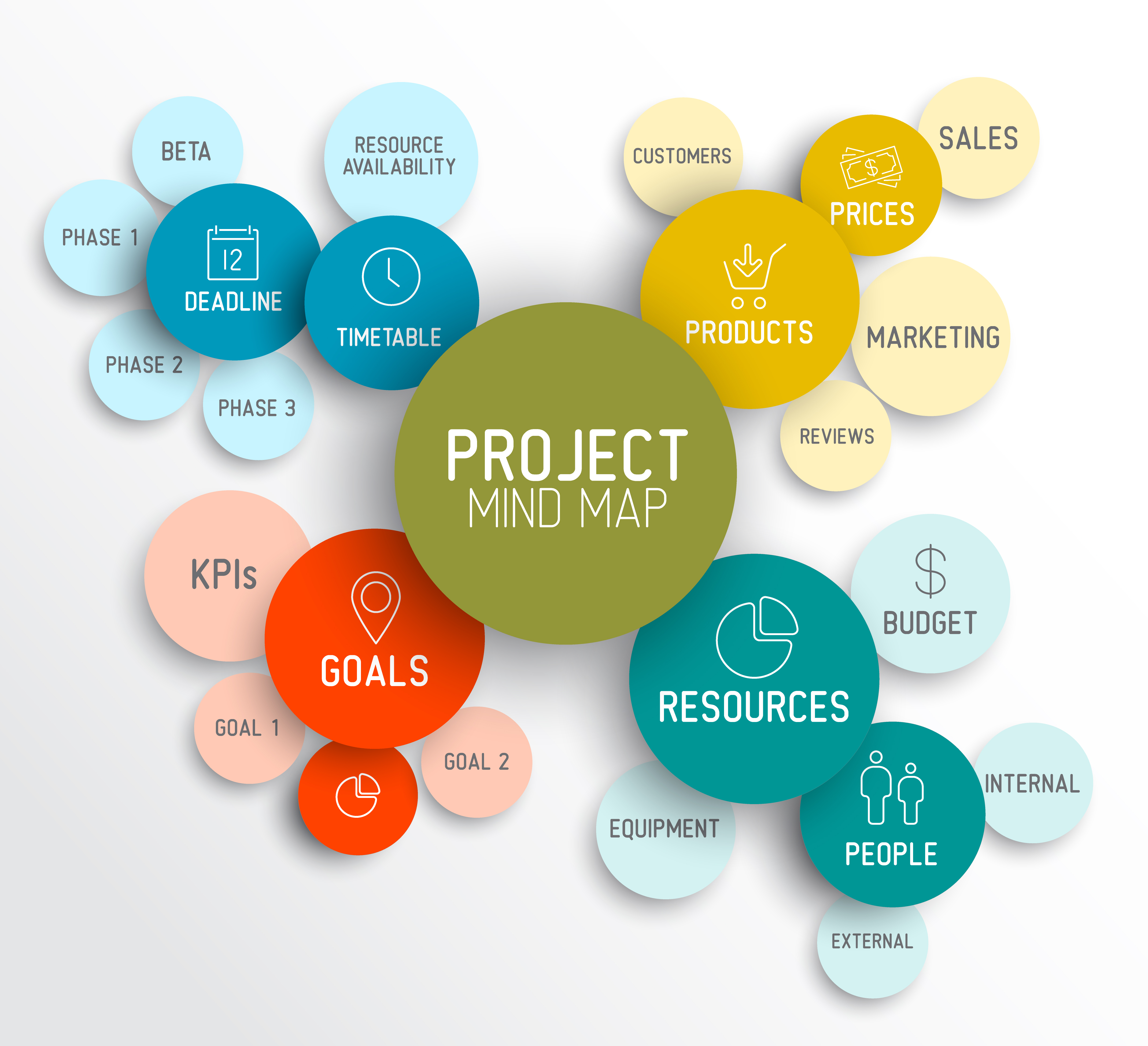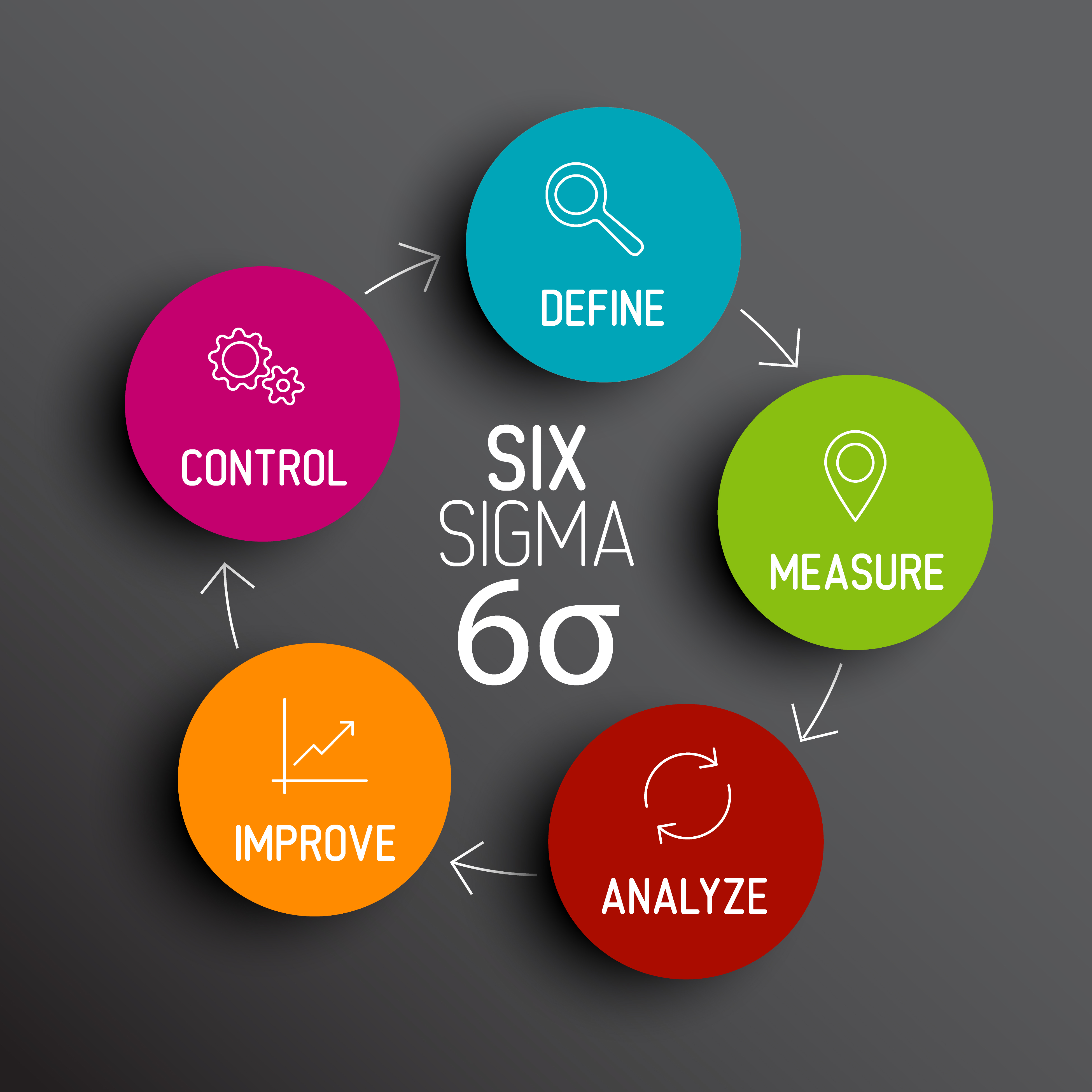 Many people ask me, “Is Agile really that great and why should we use it over traditional methods?
Many people ask me, “Is Agile really that great and why should we use it over traditional methods?
Using Agile for project management benefits your team, your clients, and your bottom line in a number of ways.
First, the end product is more likely to be closer to the client’s original vision. Because Agile is dependent upon client interaction at various phases throughout development, your team won’t end up going off on a tangent that deviates from the client’s wishes.
Continuous testing, and implementation of lessons learned from those tests, helps to bring about a better end product. That means you’re less likely to have to go in and make revisions four or six weeks down the line. Because the product specs are always fresh in your team members’ minds, they won’t need time to get up to speed (again) on the project.
Your team feels ownership in the project. Because Agile teams are self-managed, they feel like they have a stake in the success. They never feel like part of an assembly line, waiting to complete one project so the next one can get finished. This sense of ownership breeds pride, and that means you deliver a better project to the client.
Agile does come with challenges. First, no matter how impressively you treat employees, you will lose some over time. Agile teams tend to become tight-knit, so onboarding new hires can be a challenge. When you hire to replace a team member, you have to hire not only to skill set, but to personality – you can’t hire someone who won’t mesh with the existing team, or you’ll be hiring again in three months.
Intense client input can lead to change orders. While clients understand the need to modify contracts and payments for change orders, these can put you behind, resulting in later start times for the next project. But refuse the change order, and you risk upsetting the existing client.
All in all, Agile is a remarkable tool for developing amazing teams that work hard to deliver exactly what the client needs. It is, however, not without challenges. What I always say is use the method that gets the project done! For your group it may be agile and for another it may be good old waterfall, but honestly for most it’s a combination of a few different methods (don’t tell anyone I said that).
Danielle VanZorn, PMP, SPHR



